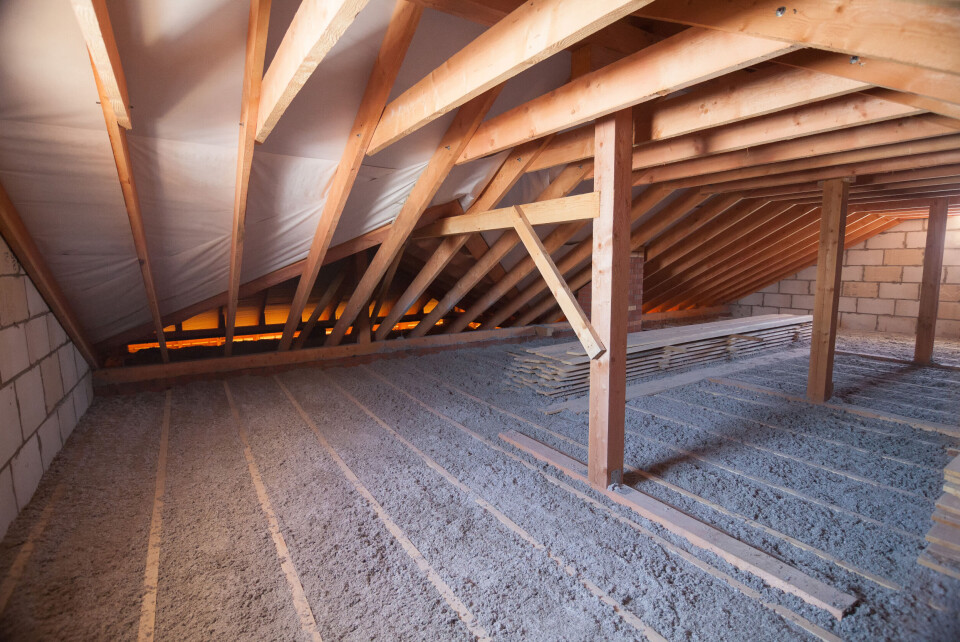-
I want to sell French house but siblings do not: what can I do? - Partner article
Buying siblings out may be possible
-
Can power of attorney be given to sell French home while abroad?
Several regulations were relaxed during the pandemic
-
Can I ask French police to check on my home when away in winter?
Rules are different for main and second homes
The areas of France with the best and worst house insulation
Southern cities such as Perpignan and Nice perform well, while Paris’ older buildings mean poorly-insulated homes

The south of France has the lowest number of poorly-insulated houses, a new study has shown.
Only 4.2% of homes were classed as F or G in terms of energy efficiency in Perpignan (Pyrénées-Orientales), and 6.6% in Nîmes (Gard).
Read more: What is the impact of energy ratings on French house prices?
The French diagnostic de performance énergétique indicates how energy-efficient a property is from A to G, with better ratings sometimes fetching higher sale prices.
Read more: Energy certificate rules could see house prices fall in France
Good insulation also means that a house will be warmer in winter and cooler in summer.
Nice and Montpellier also ranked highly in the study – both with 7.2% of poorly-insulated properties – and Toulouse and Aix-en-Provence came in just behind with 7.3%.
Read more: 3D houses, ugly extensions: Five updates for property owners in France
The study, which was carried out by energy consumer advice platform Hello Watt based on data from the Agence de l’environnement et la maîtrise de l’énergie, also showed that Ile-de-France is the region with the highest number of poorly-insulated houses.
Hello Watt stated that the better insulation of houses in southern France is down to the building materials, “which varies according to the region.
“In Provence, for example, many houses are made from stone, which allows them to store the heat during the day and diffuse it progressively through the house while the temperature falls.
“In addition, the low proportion of older houses can also explain the good results.”
On a departmental level, Gironde was the best place for effective insulation, with 94.6% of properties having it.
In Ile-de-France, the high number of homes built before 1970 means that fewer buildings have good insulation. In addition, property prices in the capital often dissuade people from investing in homes with good insulation, which can be more expensive.
In Paris, 24% of homes are poorly insulated, with 22.3% of properties in Saint-Denis and 21.8% in Argenteuil.
‘Richer’ areas do not necessarily contain homes with better insulation; the study showed that 58% of poorly-insulated properties were home to middle or high-income households.
Alpine departments also performed poorly in the study: 30.2% of properties in Hautes-Alpes had low energy ratings, while it was 28% in Savoie and 26% in Haute-Savoie.
In these places, this was due to the “cold and harsh climate, which requires significant heating systems and increases consumption per m2.”
Since the adoption of the 2021 Loi Climat, landlords will from 2023 be banned from renting out the 90,000 homes which consume more than 450kWh per m2 per year.
This ban will extend to properties with a ‘G’ energy rating from 2025, those with an ‘F’ rating from 2028, and those with an ‘E’ rating from 2034.
There are currently around 1.7 million rented properties with G and F ratings in France.
Related articles
12 French departments still on orange warning for heatwave and storms
Copropriétés, squatters: Five updates for property owners in France
Home energy rating problems and three other French property updates
























